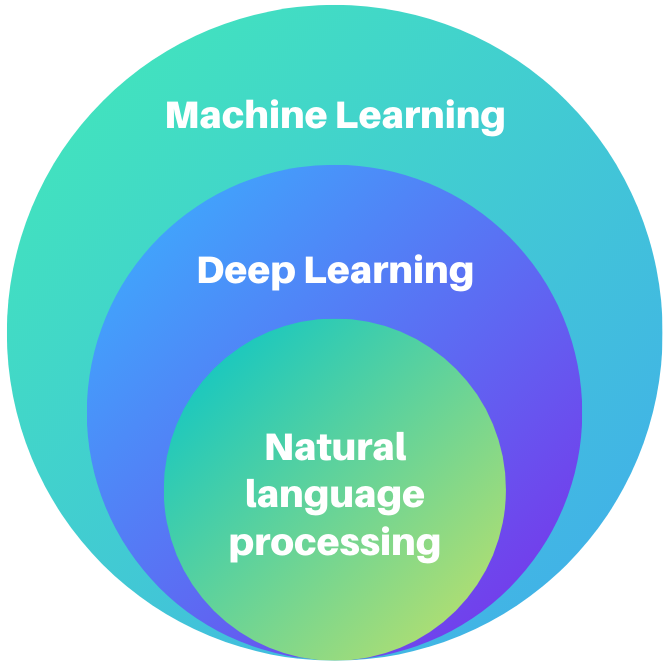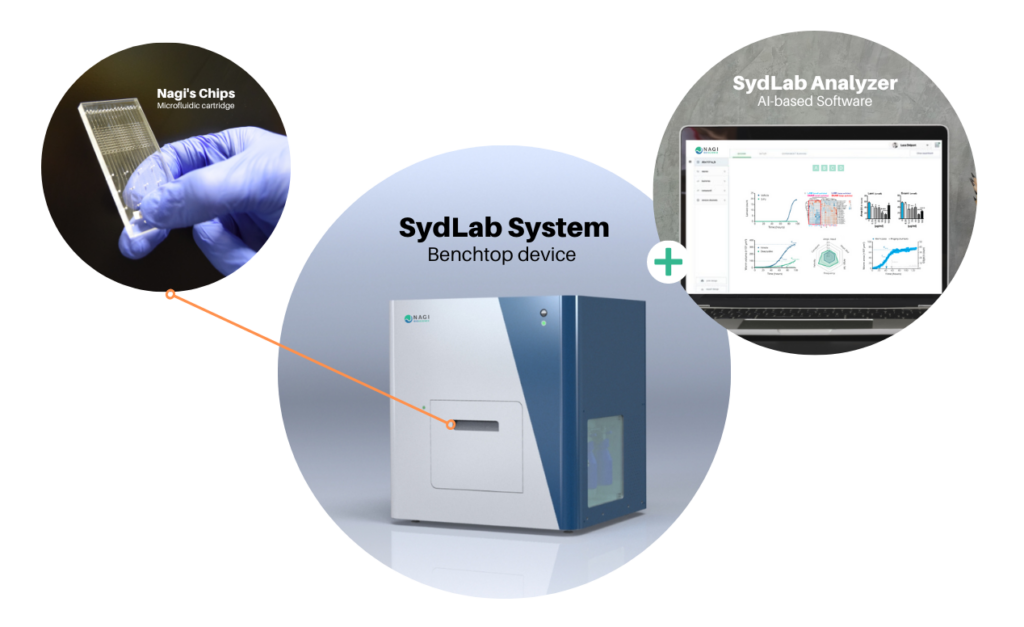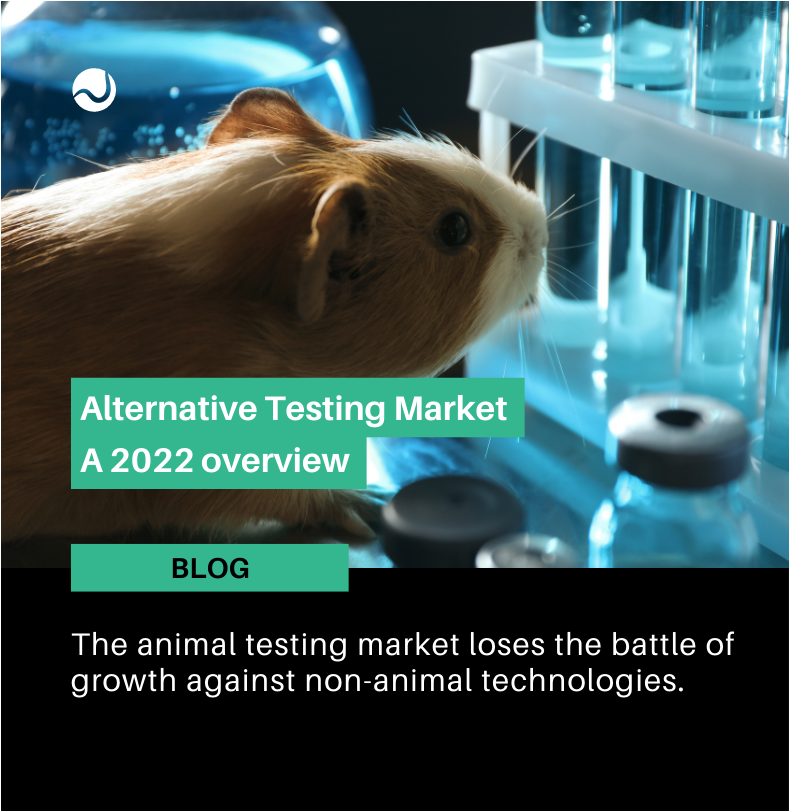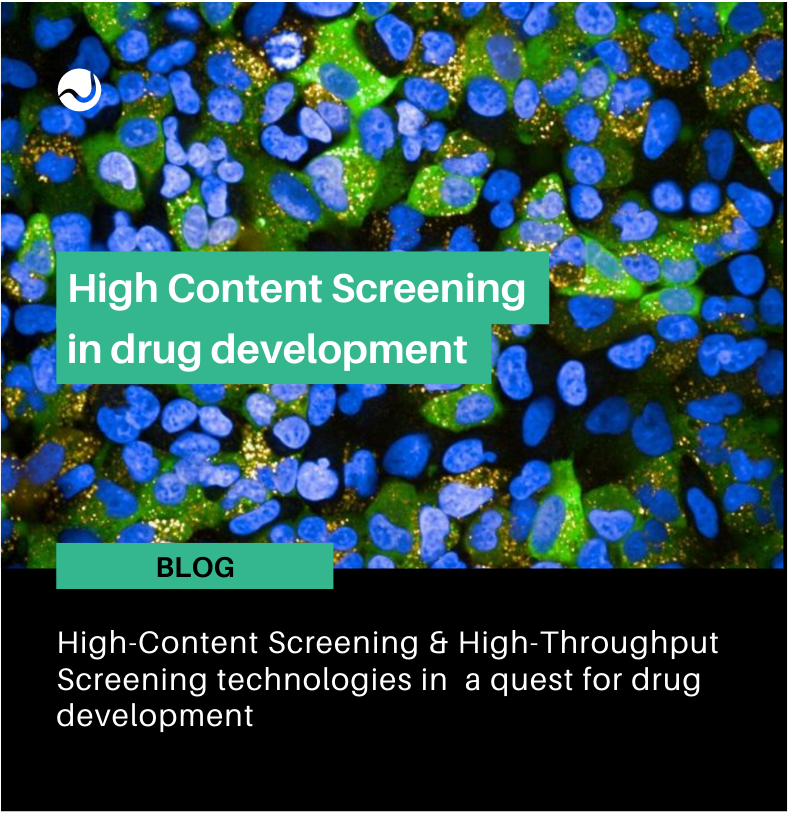
A unique data processing pipeline using a unique AI-based software for C.elegans assays.
SydLab Analyzer: The end of manual worm counting. You read it right. We mentioned many times how the SydLab System is an automated laboratory device that substitutes the traditional manual handling in C. elegans research. But we are all about automation, and this includes data collection and analysis too.
AI and drug discovery
Artificial Intelligence (AI) is a branch of computer science concerned with developing machines capable of mimicking tasks that typically would require human intelligence. Particularly, in the drug development field, AI has been used to analyze the relationships between chemical compounds and human biology. Hence, in the last decades AI has been a powerful predictive tool for drug candidates, leading to more efficient pipelines and an overall more cost and time effective process speeding-up research advances. Before going to clinical trials, drug candidates are subjected to a pre-clinical process where the candidates are tested and validated in cell assays and animal models. Being the discovery phase highly expensive and time-consuming, AI assisted in identifying more rapidly the possible interactions of the drug candidates with respect to the human body and, hence, save time and resources in testing those molecules that will potentially be discarded during the pre-clinical phase.

Artificial Intelligence (AI) includes technologies such computer vision, deep learning, machine learning, natural language processing, robotics, speech, supervised learning and unsupervised learning.
How AI helps to reduce inefficiencies in the drug discovery process?

Decrease in timelines for drug candidates development and speeds up the research process, both discovery and preclinical phases.

Higher accuracy of the estimated efficacy and safety of drugs, reducing resources during pre-clinical stages and also during clinical trials afterwards.

Allows to have a highly diversified drug candidates portfolio, increasing the chances of groundbreaking discoveries.

Faster cross-referencing of published scientific papers.
Beyond automation – How AI can help to process your assay data
But drug development is not the only field where AI has contributed to in the life science sector. AI and Machine Learning (ML) can help to automate lab processes and can revolutionize the way data collection and analysis is done. And the SydLab Analyzer software is a proof of it.
One of the most time-consuming tasks in C. elegans research is worm counting and the posterior analysis of said data gathered during the experiment.
Therefore, how do we solve it at Nagi?
Our software extracts multiphenotipic information from the images and videos generated by the SydLab benchtop device to support the user in the data interpretation process. Thanks to the extensively trained Machine Learning software, the user does not need to manually observe and handle the worms anymore, which saves time, resources and avoids potential human errors.
How exactly? Observe a real case of our Reproductive Toxicity Assay
The SydLab Analyzer software is trained to detect not only the worms, but also their eggs and progeny, monitoring the growth rate of the population, the fertility (eggs apparition and number) and progeny production, with a high degree of reproducibility across replicates.
SydLab Analyzer Software
- ML-based object detention
- Automated data analysis
- Reproducibility
- Multiple readouts
- Fluorescence monitoring & video acquisition
Check out the Applications supported by the SydLab System

The cycle of life – C. elegans worms hatching and growing. Recording from Nagi’s reproductive toxicity assay. Video taken by the SydLab System and analized by the SydLab Analyzer software.
The All-in-One solution is here – The SydLab System
So, why not automate C. elegans assays? That was the question behind the idea that today has become a full high-content screening system: The SydLab System, an all-in-one benchtop robotic device provided with innovative imaging, fluidics and data analysis capabilities, specifically designed for large-scale automated testing on C. elegans and other microorganisms.

All in all, Nagi’s system offers a 360° solution for your C. elegans studies, standardizing and automating the whole process, from the experiment initiation until the reporting process.
Contact us for more information about the pre-order period here:



